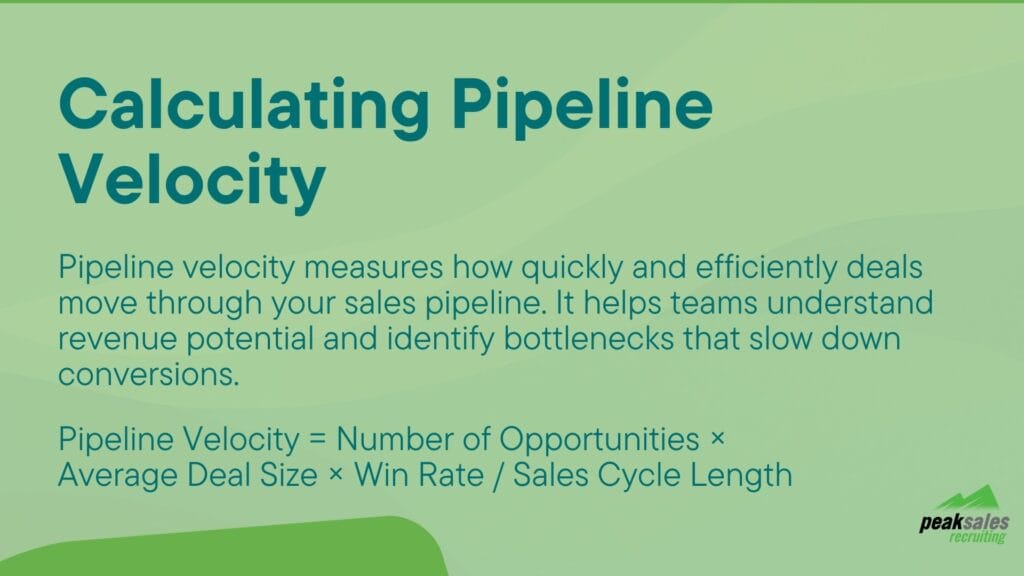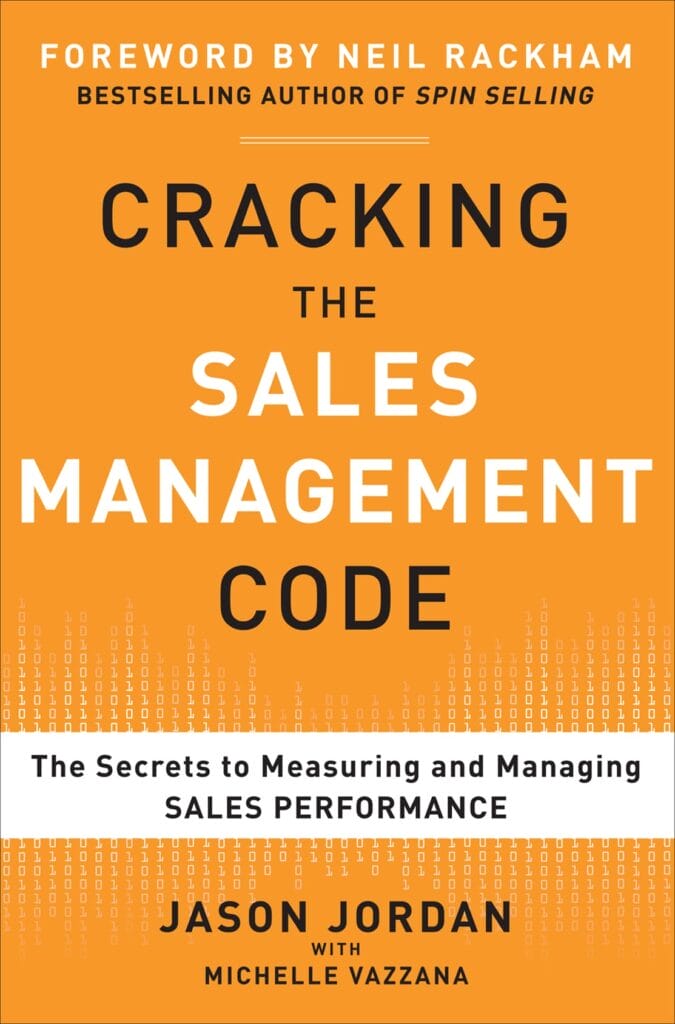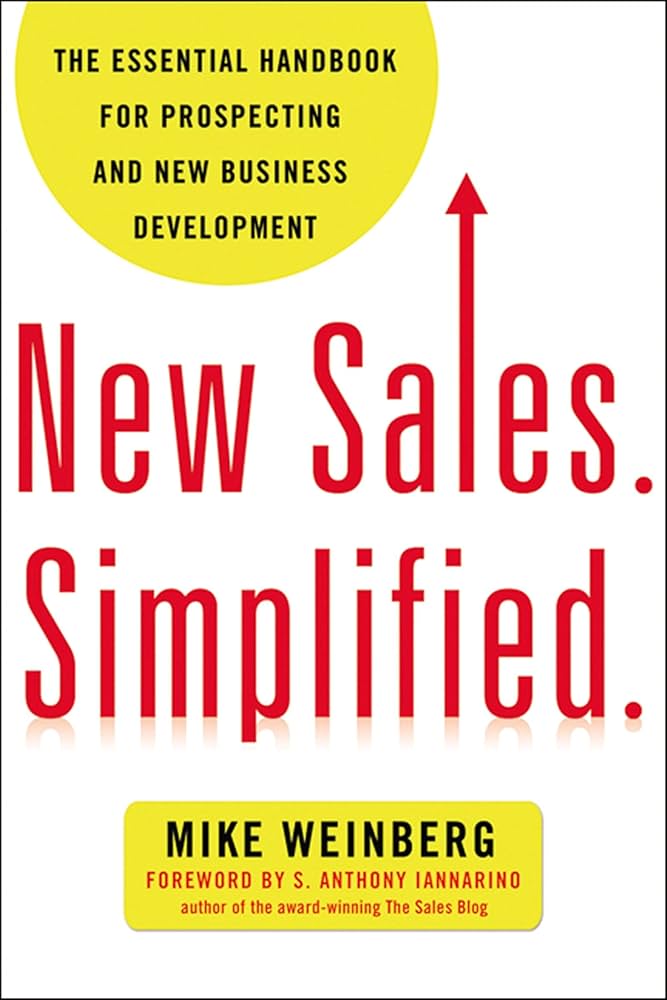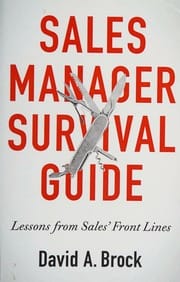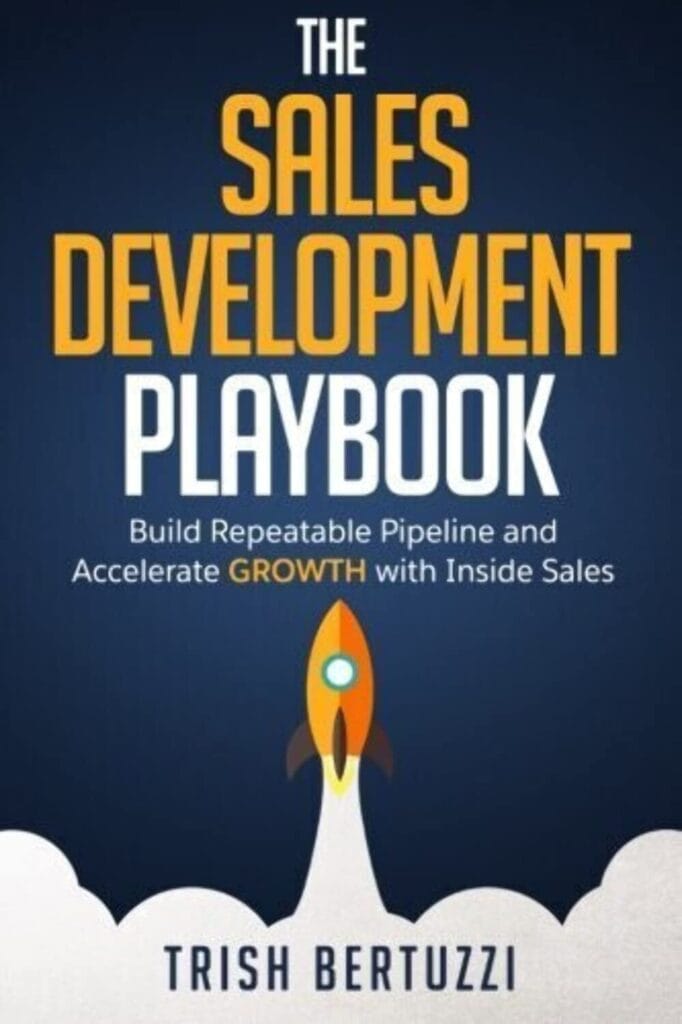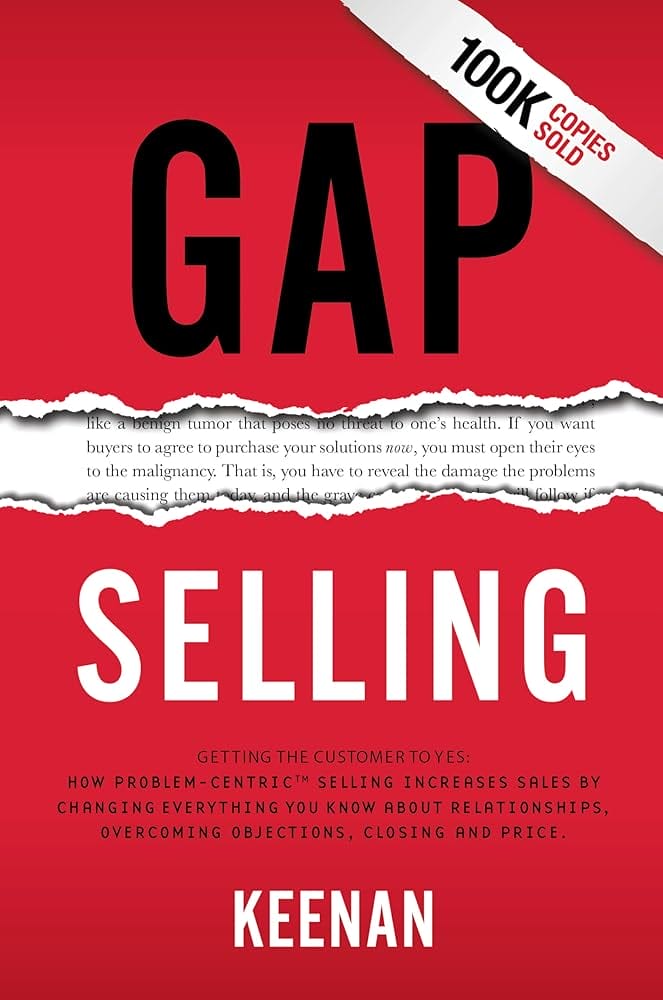When it comes to scaling your business and ensuring consistent growth, hiring the right sales manager is crucial. A strong sales manager leads your team, implements strategies, and drives revenue growth. This guide will explore how to hire an emerging partner sales manager or a Revenue Operations Manager, and help you define the role, responsibilities, and recruitment process for success.
We’ll also walk through the necessary sales experience and required skills for top sales representatives and how to handle structured interviews, candidate profiles, and more. Let’s dive into everything you need to know about hiring a superstar salesperson for your company.
Defining the Role of a Sales Manager
A sales manager plays a pivotal role in managing and guiding a sales team to meet business objectives. The role requires a combination of leadership, strategic thinking, and performance management. The primary focus of a sales manager is to achieve the company’s revenue targets by overseeing sales operations, coaching sales representatives, and ensuring that the team is well-equipped to succeed.
The sales manager will also collaborate with Customer Success Managers, the Revenue Operations Manager, and the Chief Revenue Officer to ensure business plans are executed effectively.
Key Responsibilities of a Sales Manager
A sales manager’s job is multifaceted. Some of their core responsibilities include:
- Sales Strategy Development: Creating and implementing effective sales strategies that align with the company’s goals. This includes identifying target audiences and aligning with the brand’s identity and mission.
- Team Leadership: Managing a sales team, providing training, motivation, and mentorship to ensure the team is operating at its best. This is key to developing a high-performance culture.
- Sales Target Setting: Establishing revenue targets, quotas, and objectives, ensuring the team remains focused on achieving these goals.
- Performance Management: Monitoring individual and team performance, providing feedback, and driving continuous improvement.
- Client Relationship Management: Developing and maintaining strong relationships with key clients, ensuring long-term partnerships and opportunities for customer retention. This will also involve engagement tactics to retain existing accounts.
- Forecasting Sales: Utilizing Business Intelligence tools to provide accurate sales forecasting and drive data-based decisions.
- Reporting and Analytics: Regularly assessing sales performance through reports, analyzing trends, and recommending adjustments to the strategy. This includes the use of Machine Learning to predict sales outcomes and improve processes.

Key Performance Indicators (KPIs) for a Sales Manager
To gauge the success of a sales manager, KPIs are essential. Here are some key metrics that reflect performance:
- Revenue Growth: A direct reflection of the sales team’s ability to drive growth and hit targets.
- Sales Quota Achievement: Percentage of sales goals met or exceeded.
- Customer Acquisition Cost (CAC): The cost associated with acquiring a new customer, which should be minimized through efficient sales processes.
- Lead Conversion Rate: The percentage of leads converted into customers, reflecting the effectiveness of the sales process.
- Sales Cycle Length: The time it takes to close a deal from initial contact to final sale.
- Employee Retention Rate: Retaining top talent within the sales team, a reflection of the sales manager’s leadership and support.
What Does Success Look Like for a Sales Manager?
Success for a sales manager is characterized by meeting or exceeding sales quotas, fostering a positive team culture, and continually improving sales strategies. A successful sales manager is someone who can:
- Drive consistent revenue growth and expand market share.
- Motivate and inspire the team to exceed revenue targets.
- Successfully manage client relationships and ensure exceptional customer experiences.
- Adapt and pivot strategies in response to market changes.
What to Pay a Sales Manager
Compensation for a sales manager varies depending on factors like industry, experience, and location. On average, a sales manager in the U.S. earns between $70,000 to $120,000 annually, with a median yearly salary often rising with performance bonuses and commissions.
Many companies also offer incentive programs, equity options, and commissions based on the team’s performance. In larger cities like New York, pay may be higher.
Factors that influence salary include:
- The size of the company.
- Industry and sales cycle (B2B vs. B2C).
- The experience level of the candidate.
The Interview Process: How to Find the Right Sales Manager
Hiring a sales manager is a process that requires careful evaluation and testing. To find the best candidate, it’s important to map out the recruitment process clearly.
Step 1: Sourcing Candidates
You can source candidates for your sales manager role through several channels:
- Advertising: Post your job description on popular job boards like LinkedIn, Indeed, and Glassdoor. Consider industry-specific job boards for niche roles like Channel Sales or Field Sales.
- Referrals: Leverage your existing network, employees, or even business partners to find potential candidates.
- Recruiters: Work with specialized recruiting agencies like Peak Sales Recruiting, which have experience finding top sales candidates.
Step 2: Assessment Process
Once you have a pool of candidates, you’ll need to assess their skills, experience, and cultural fit. Here are some steps for effective assessment:
- Resume Screening: Look for relevant sales experience, accomplishments, and a strong history of leadership and people management.
- Objective Questions: Ask objective questions to test their knowledge of sales methodologies, leadership skills, and industry-specific challenges. For example:
- “How would you develop a sales strategy for a new product?”
- “What tools do you use to track sales performance?”
- DISC Assessment: This behavioral assessment tool can help determine whether a candidate’s personality aligns with your company’s culture and the demands of the role. A sales manager should ideally demonstrate high levels of dominance (D) and influence (I) for leadership and decision-making, but it’s important to understand how their personality will fit with the team.
- Sales Simulation: You may also choose to evaluate the candidate’s real-world skills by giving them a sales scenario to handle or have them conduct a mock sales presentation.
Step 3: Interview Process
In interviews, evaluate candidates based on their:
- Leadership and coaching ability.
- Sales process knowledge.
- Problem-solving skills.
- Ability to thrive in a fast-paced and results-oriented environment. Ask situational and behavioral questions to gauge how they handle stress, leadership challenges, and team dynamics.
Step 4: Selection
Select the candidate who demonstrates not only the right skills and experience but also cultural fit and leadership potential. Look for someone who can build rapport with the team, set clear expectations, and drive results. Successful performers and top performers can provide the guidance needed to elevate the whole team.
Step 5: Negotiation
Once you’ve selected your candidate, ensure that compensation and benefits are aligned with their experience and expectations. Be prepared for negotiations, especially if the candidate is a job seeker in high demand.
Writing the Job Description
Your sales manager job description should clearly outline the responsibilities, expectations, and qualifications for the sales manager role. Here’s an example template:
Job Title: Sales Manager
Job Location: [Location]
Job Description: We are seeking a dynamic and results-driven sales manager to lead our high-performing sales team. As a sales manager, you will be responsible for developing sales strategies, coaching the team, and ensuring the achievement of sales goals. The ideal candidate will have a proven track record in sales management, a passion for coaching, and the ability to drive results in a fast-paced environment.
Key Responsibilities:
- Develop and implement sales strategies to meet company objectives.
- Lead, coach, and mentor the sales team to ensure success.
- Set clear performance targets and monitor progress.
- Build and maintain strong relationships with key clients and prospects.
- Collaborate with other departments to optimize sales operations and align with the company’s mission.
Qualifications:
- 5+ years of experience in sales management.
- Strong leadership, coaching, and people management skills.
- Proven track record of achieving sales targets.
- Excellent verbal communication skills and interpersonal skills.
- Experience with CRM tools, sales training, and sales analytics.
The Bottom Line
Hiring the right sales manager is one of the most impactful decisions a business can make. By clearly defining the role, setting clear expectations, and utilizing a comprehensive recruitment process, you can ensure that you find a leader who will drive success. Whether you’re hiring for a Channel Sales position or looking for someone to manage a cross-functional team, ensuring alignment with your company’s mission is crucial.
If you’re looking to hire a top-tier sales manager, consider working with specialized recruiters like Peak Sales Recruiting, who can help you find the perfect candidate for your business needs.









